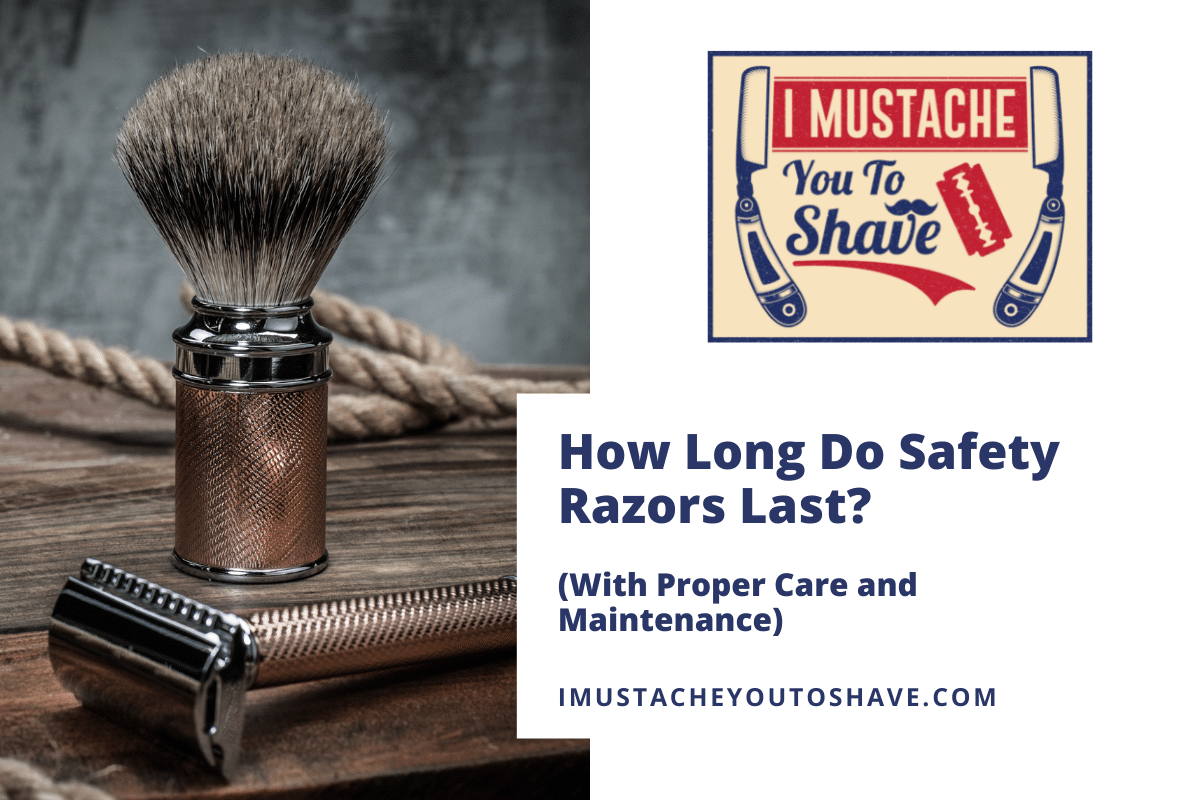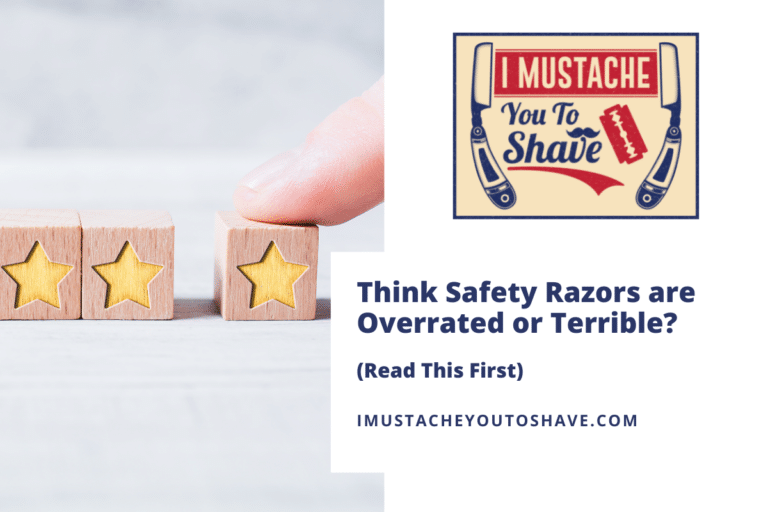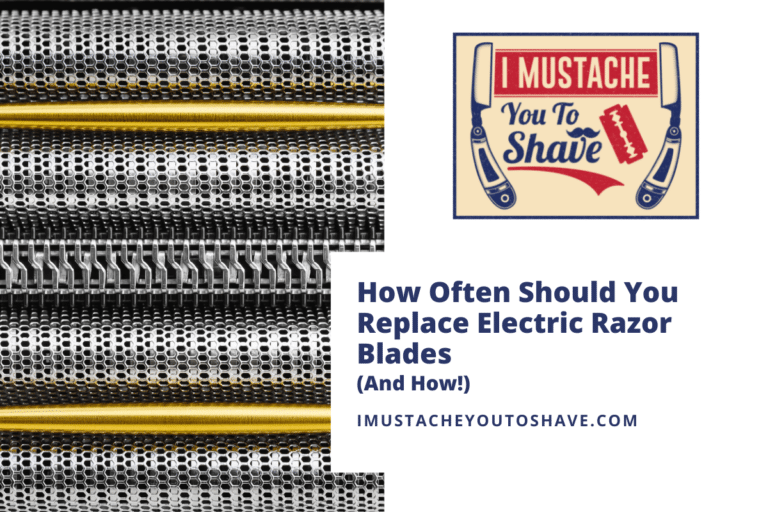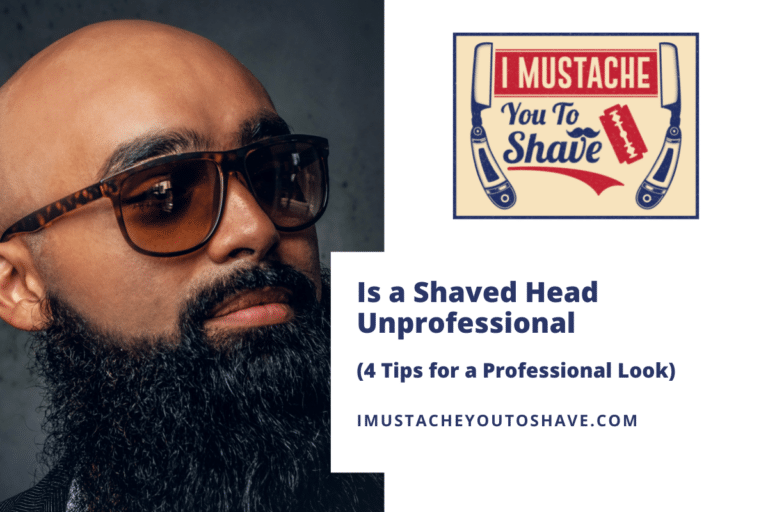How Long Do Safety Razors Last? (With Proper Care and Maintenance)
Now that you are the owner of a brand new safety razor, you may be asking yourself how long the head and handle might last.
A quality safety razor can last a lifetime of use, or longer, when cared for and maintained properly. If a stainless steel safety razor is rinsed and dried after each use and received a detailed cleaning about once a month, it should never rust or break. Occasional oiling will also be necessary to keep moving parts functional.
Safety razor heads and handles are made of durable materials, much more so than the plastic or composite razors that are more common these days. Read on to learn more about how long these incredible tools can last.
Do safety razors ever wear out?
There are some safety razors that are functional from decades ago, because they’re a life-long purchase that pays for itself within a year if you shave a few times a week.
It is possible, however, that a safety razor head or handle can fail. The usual suspects are weaknesses at moving parts in the head, rusting, damage such as bends or nicks from dropping the razor, or the materials themselves not being durable enough.
Research the companies that make safety razors and the materials they use. Some offer lifetime warranties, some repair plans. Most have parts that can be easily replaced, such as the guard or the comb.
Rest assured, companies know that a large part of the appeal of safety razors is their longevity, so quality safety razors that live up to that standard are not hard to come by.
How long can a safety razor last with proper maintenance?
There are a lot of folks that speak to how their grandfathers or great uncles handed down their safety razors that still work phenomenally. It’s a simple and elegant design made of durable materials that are meant to stand the test of time.
If you keep your safety razor clean, store it in a clean dry place, and work to prevent rusting, your safety razor will last generations as well.
A good place to find advice about all kinds of niche interests is reddit.com, and it doesn’t take long to find anecdotes from the r/wickededge community about how many enthusiasts are using razors older than they are. One user mentions they still use a Gillette Tech Fathandle from 1938!
If you’re interested in the history of the Gillette Razors, the Razor Emporium not only maintains an archive of razors and artifacts from the company, they also sell vintage Gillette safety razors they have restored from the 1940s onward.
How to take care of your safety razor
Maintaining a safety razor properly means not only are you being economical for yourself by not having to buy disposables, but you’re also being more ecological since you’re not putting more plastic in the landfill.
In order to maintain that legendary longevity of your safety razor, whether you have a vintage one or a brand new one, here are some tips and tricks to make sure you can pass your safety razor on for the next few generations:
- Clean your razor after each use
- Replace the blade frequently
- Store in a clean dry place
- Treat rust immediately
- Lubricate as needed
Clean your razor after each use
After shaving, open the head of your safety razor, carefully remove the razor blade and run the whole apparatus under some clean warm water.
Dry inside the head with a low-fiber towel or rag, and replace the blade. You want to keep your razor head as clean as possible so hair and soap doesn’t build up, catch water, and eventually rust.
Replace the blade frequently
The most common source of rust in a razor blade head is from a chromatic steel razor blade.
If water is left on the blade it can rust, which can spread to the rest of the safety razor head. Most shavers replace their blades after a week of shaving, sometimes two weeks if using a double razor. Don’t make the mistake of leaving a blade in your razor for weeks or months if you decide to grow a beard or use another razor for a while!
If you see any sign of rust on your disposable blade when cleaning, do yourself a favor and just replace it.
Store in a clean dry place
When finished with cleaning the safety razor head and replacing the blade, the best way to store it is in a clean dry place hanging on a specially designed stand. I have this exact one and it has served me well for many years!
Some shavers that lack the stand will instead wrap their safety razor in a clean dry towel and store it out of reach of children.
NOTE: Never store your safety razor in the shower.
Treat rust immediately
It may be tough to prevent rust on your safety razor, especially in humid environments.
If you do see rust on your safety razor, don’t panic! Simply make a mixture of one part warm water, one part white vinegar and about 2 tablespoons of baking soda and let sit for an hour or two. The effervescence of the baking soda and the vinegar working together helps pull off the rust.
After your timer is up, grab an old toothbrush and gently scrub where the rust areas are. Repeat as necessary and apply an appropriate oil, like mineral or camellia.
Lubricate as needed
Oil helps protect and coat the metal of the safety razor head and handle, so finding a light oil that is colorless, safe for skin, and is easy to apply will be key to maintaining your safety razor.
As mentioned above, camellia oil is perfect, but a mineral oil will work just as well. Do not use machine oil, WD-40, or petroleum jelly.







